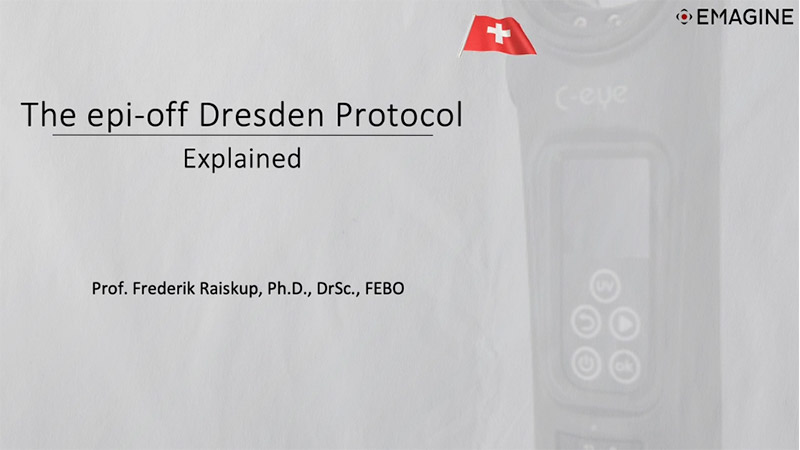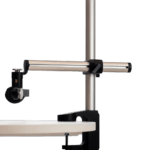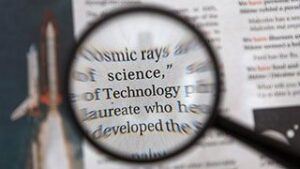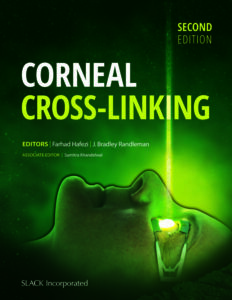- CXL
- To be used with:
- Keratoconus protocols 1-8

Play Video
To be used with:
Corneal cross-linking for ectasia started in 1998 with the «Dresden Protocol» for epi-off CXL. The video features Prof. Frederik Raiskup from the University Eye Clinic Dresden who explains the origins of the “Dresden Protocol”, currently Protocol 1 in the C-eye device .
Ever since the discovery of oxygen as an essential element in the CXL process by Farhad Hafezi’s research group at the University of Zurich, the field has developed substantially: accelerated protocols have been developed to save on treatment time, transepithelial approaches preserve the epithelium, and pulsed treatment help improve oxygen availability.








